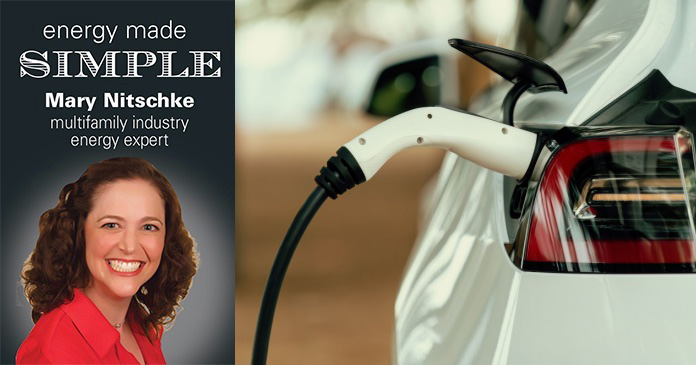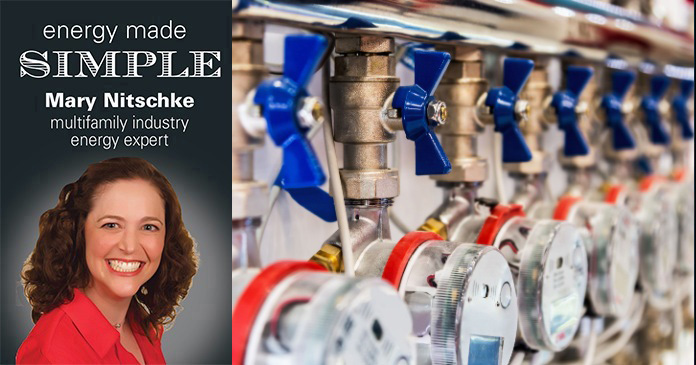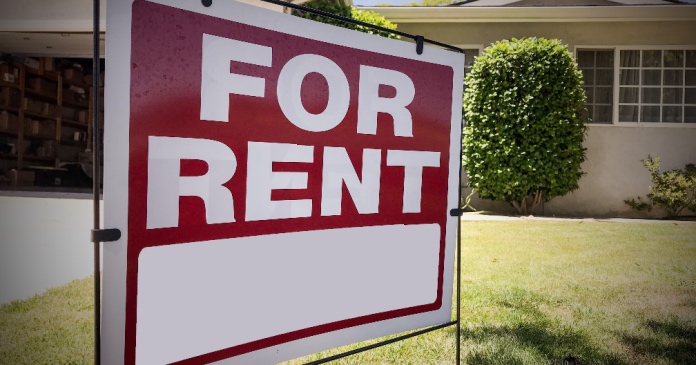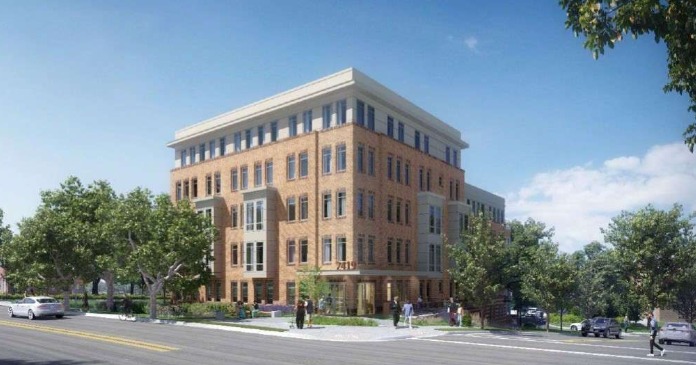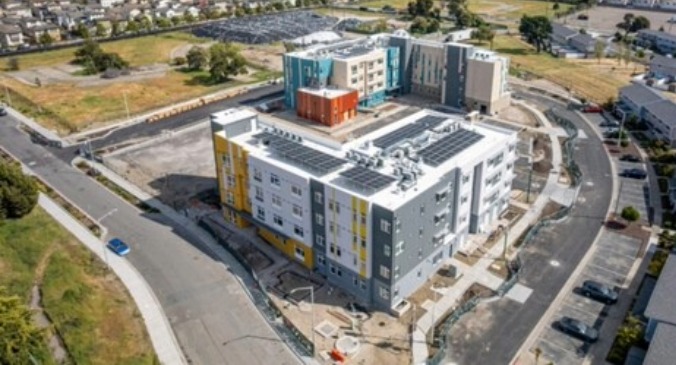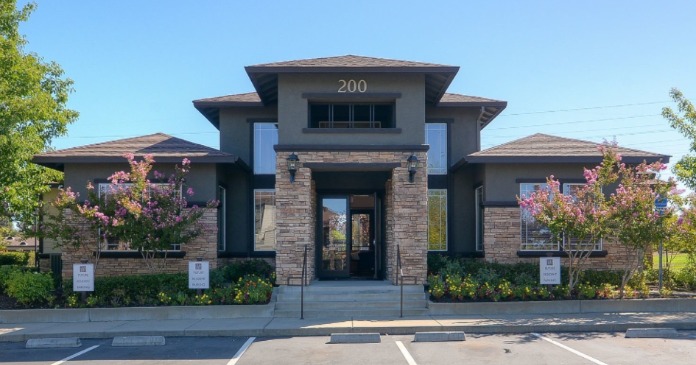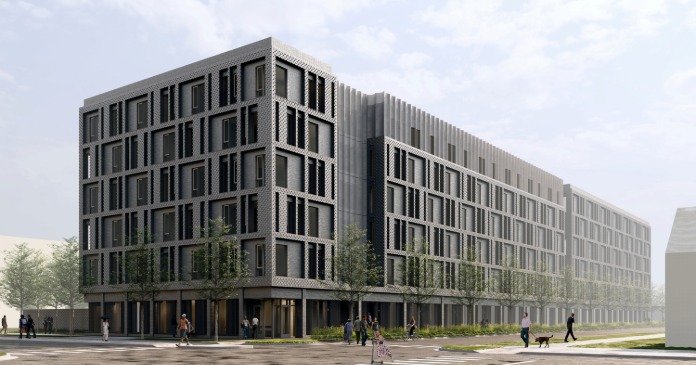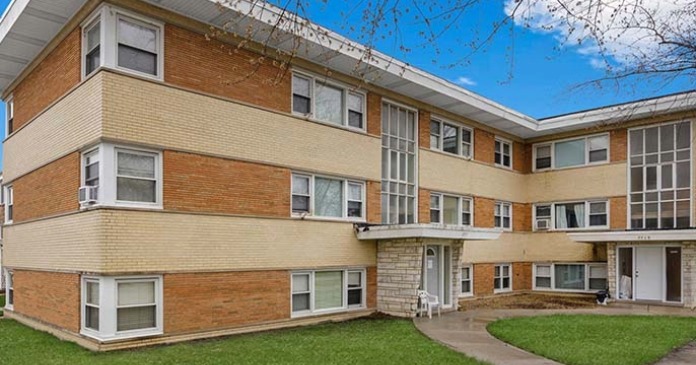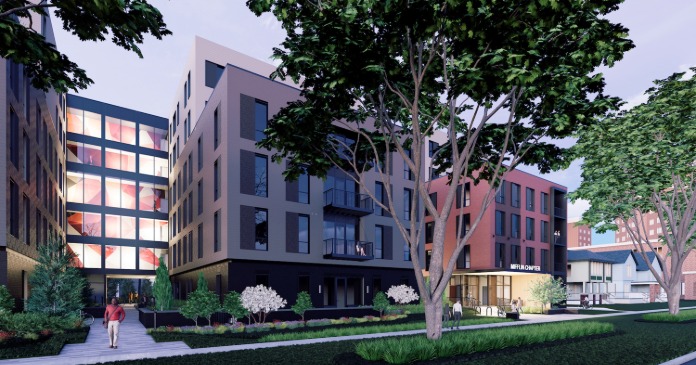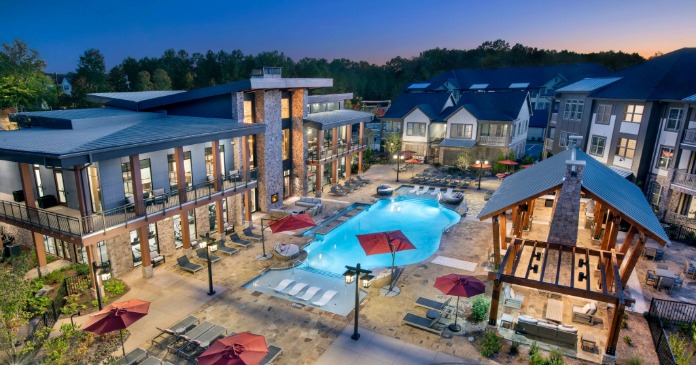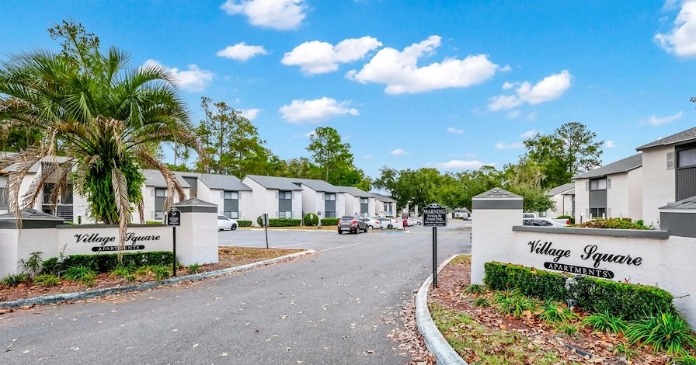In 2013, the developer/operator that I worked for built our first project equipped with the ability to provide EV charging for our residents in Mountain View, California. For every unit, there was the ability to provide electric vehicle charging for one car. Level one for everyone! We were excited and so thrilled to be serving our residents so well.
Our pre-leasing went gangbusters and on our first day of move-in’s, four Tesla Roadsters pulled up. Suffice it to say, these residents were not impressed by our level one charging capability. As one of them said to me (not) so nicely, “Congratulations, you have just installed an eight-track player.” I was devastated. Fortunately, the property already had a level two charger that the residents could use to charge up their cars, and we quickly pivoted to add more level two chargers to the garage.
That was over a decade ago, and the demands and challenges of serving our residents with effective EV charging has only gotten more complex as costs to purchase EV’s have dropped, while battery ranges and requirements on automotive manufacturers to build and sell electric vehicles have increased.
Our goals for new construction are consistent. We want to build amazing communities with great components to attract and retain residents, and we want those amazing communities to still be pretty darn great and resilient ten years later. I do not think we can do this without EV charging stations. In many cases, if you are building class A, you must have EV charging or you might end up being viewed as Class B, even if you have a pickle ball court. Importantly, as I learned the hard way, that charging capability needs to be level two chargers or what you install will not meet the capacity of the vehicle.
For your reference, here’s a look at how long it takes to charge a Tesla’s battery from nearly 0 to 100%.
Level one charger: approximately 24 hours
Level two charger: approximately 9 hours
Level three (or DC fast charger): approximately 1 hour
As you can see, unless your residents are working from home, level one is not optimal. Yes, I am using Tesla in this example, but there are many EV’s from many manufacturers on the road today with similar battery capacities and charging needs. The point is, go level two or go home.
As we build new communities, I recommend future-proofing them by having, at the very least, the capacity and resiliency to add level two chargers. The best way to plan for this is to look at the parking lot of a community nearby and count the hybrids and EV’s. This should get you a future-proof number of chargers needed. That sets your panel capacity. Then, like we do to future-proof our buildings with respect to internet/cable, run the conduit. Make sure you have run the electrical to the parking spots where you want to add chargers, now or in the future. You do not have to add all the charging stations now, but it is much cheaper, easier, and faster to add the level two station later if all the operator has to do is plunk the charger in place.
Let us talk about retrofitting next week. Until then, let us plan for the future, today.


